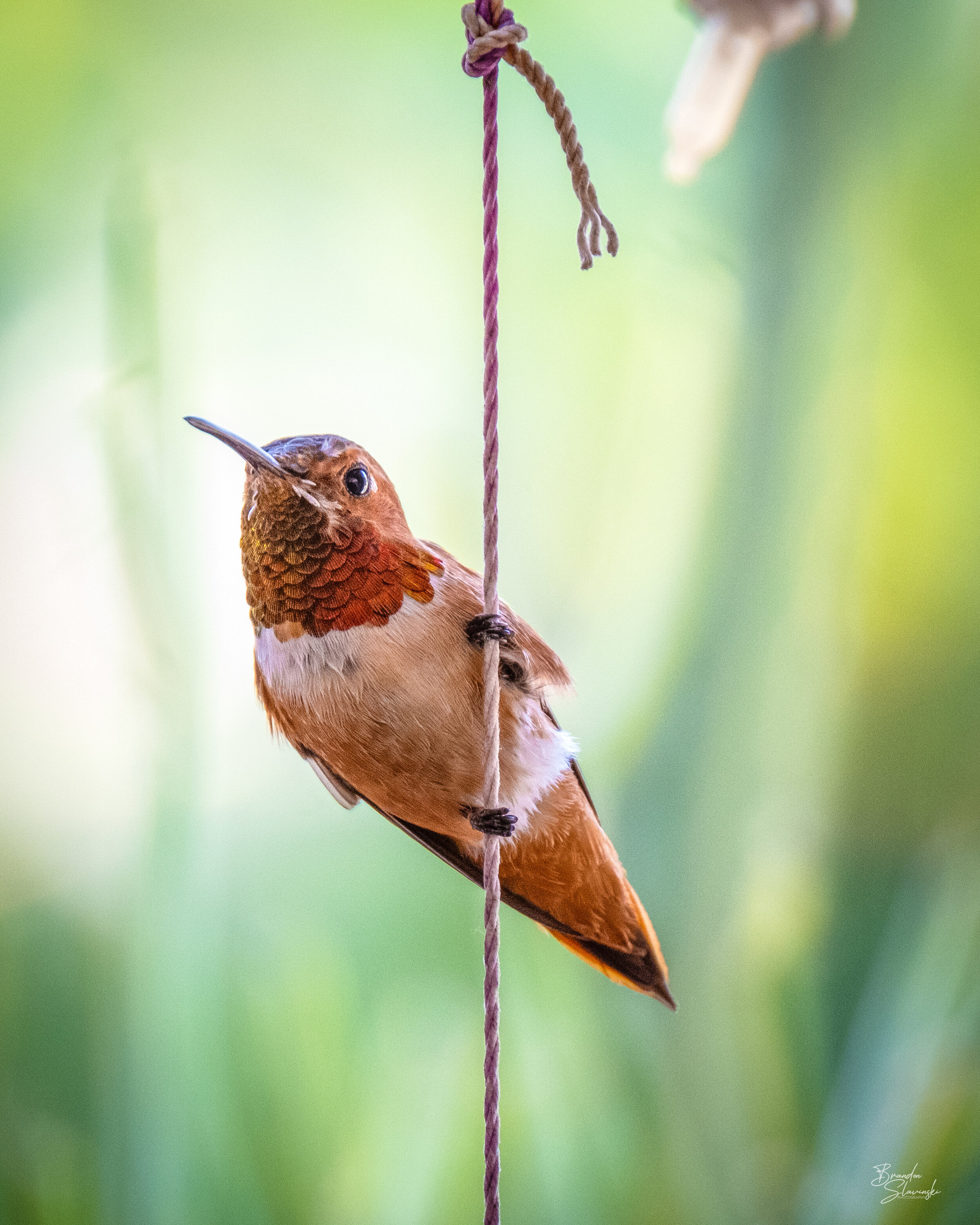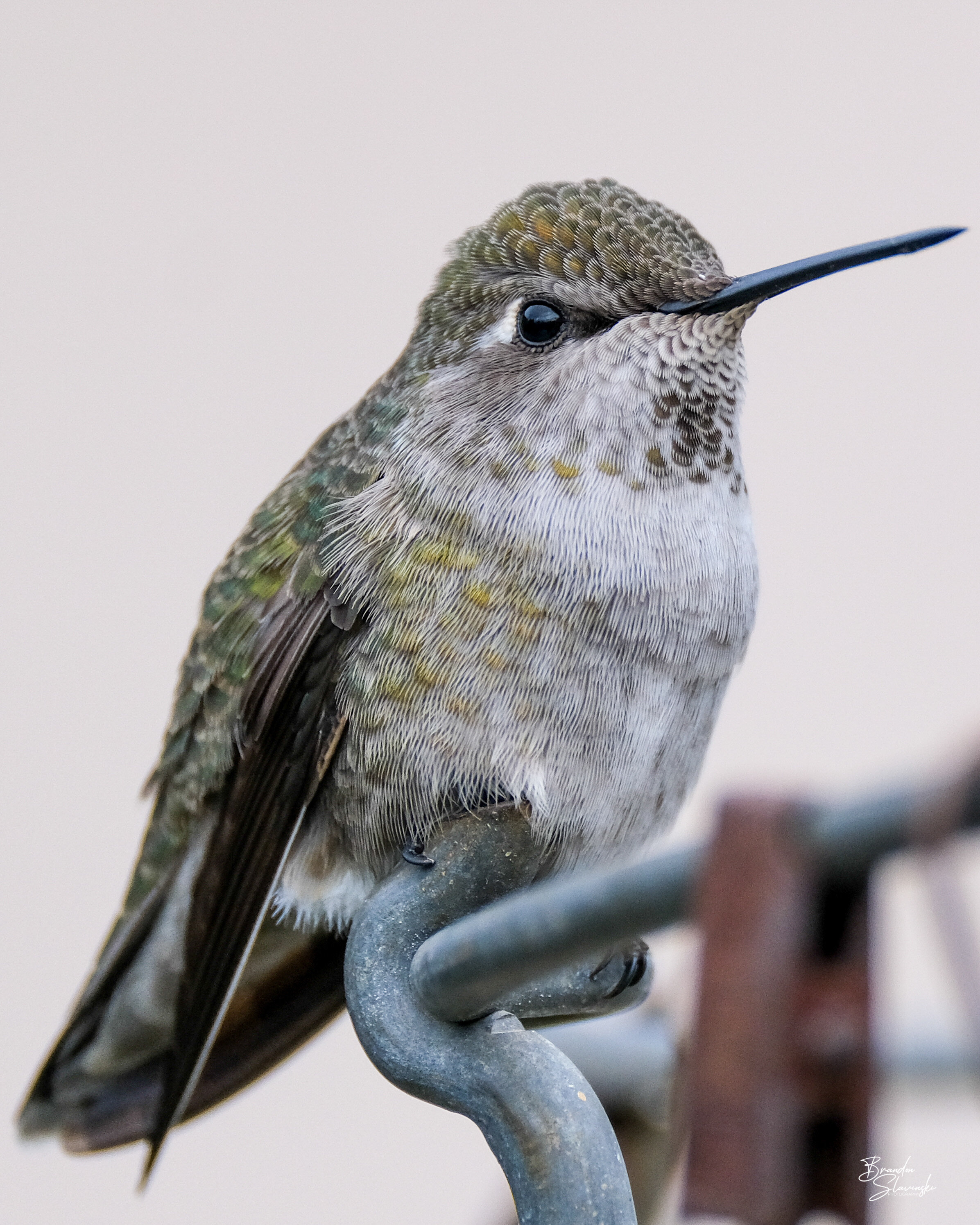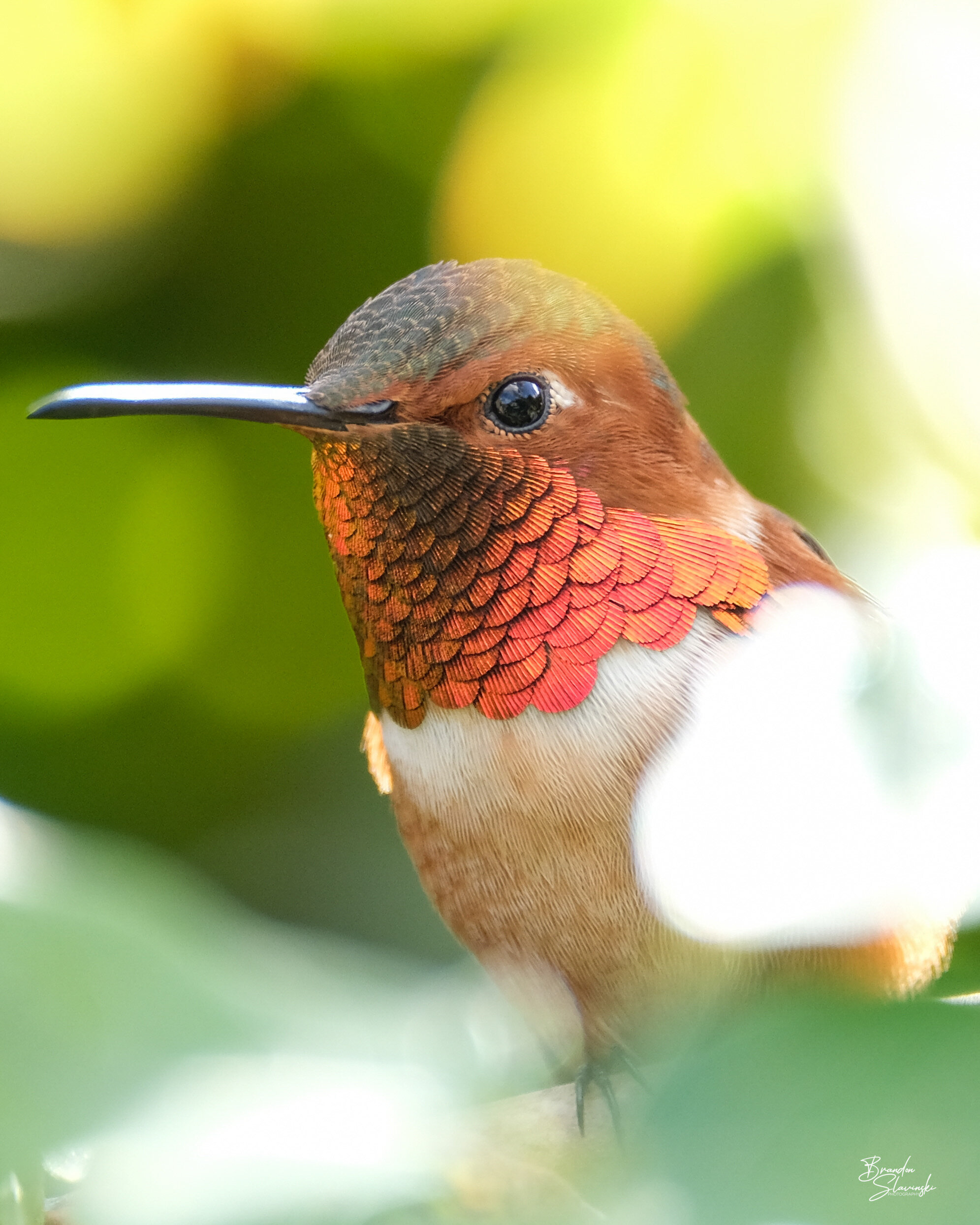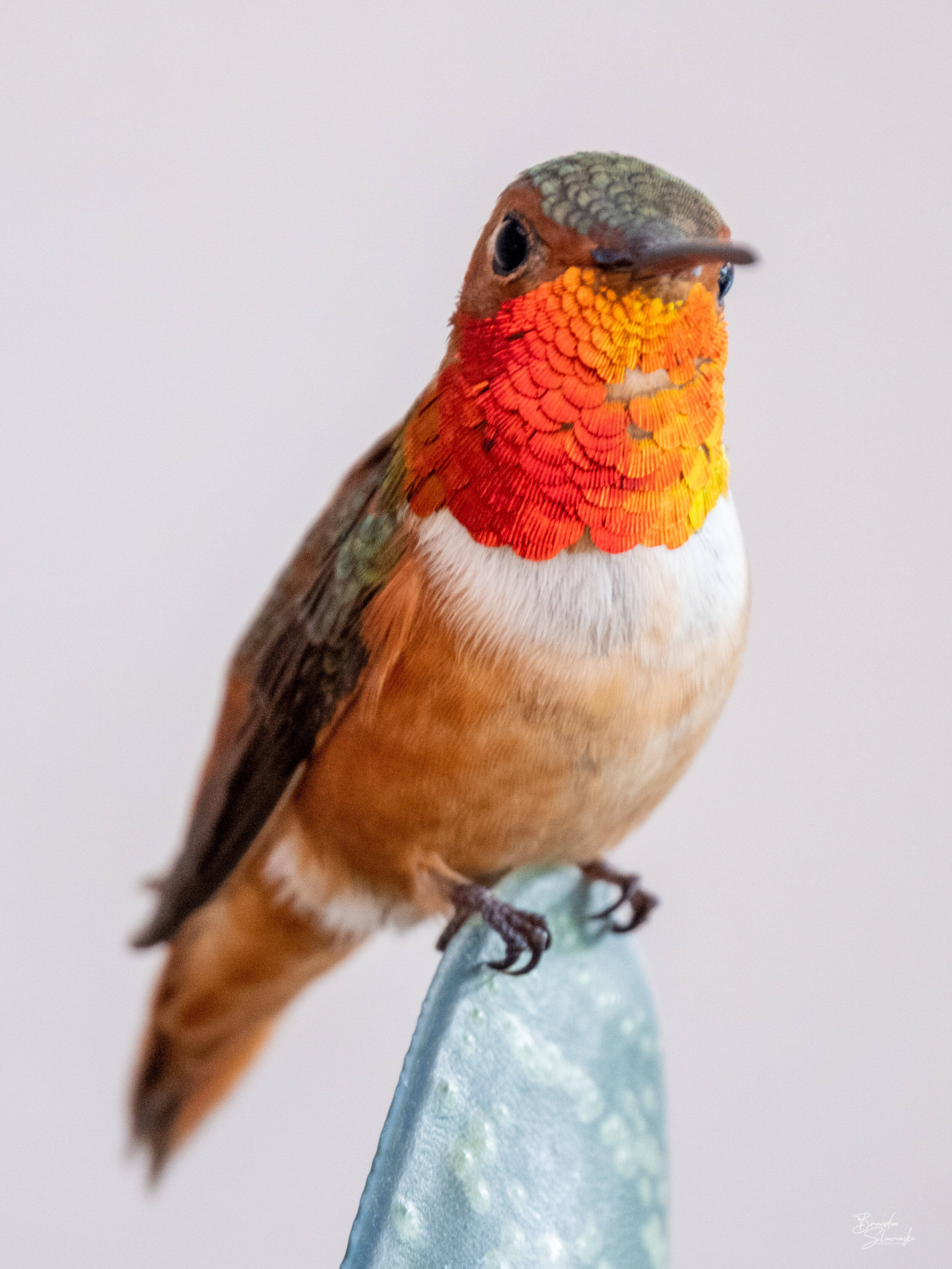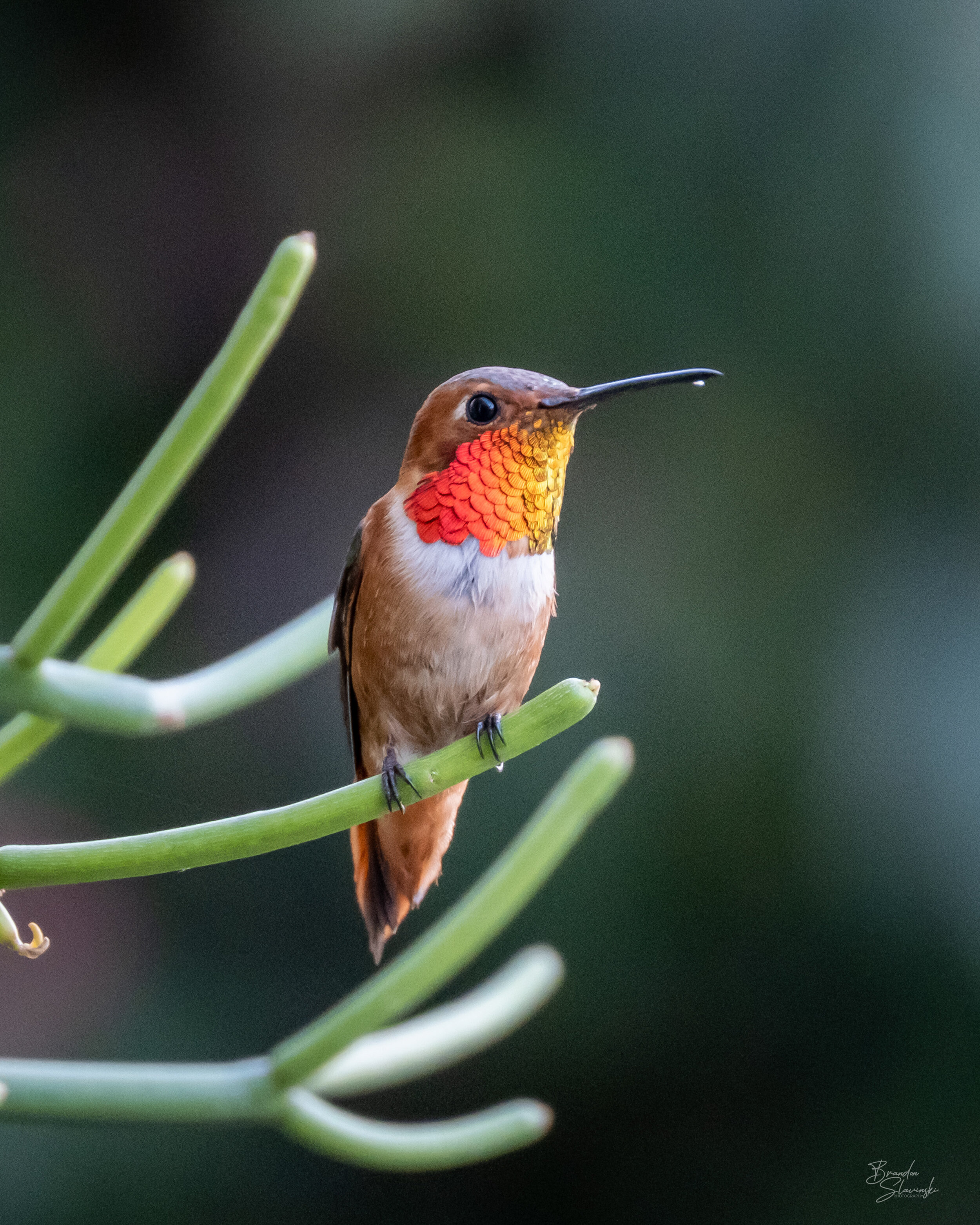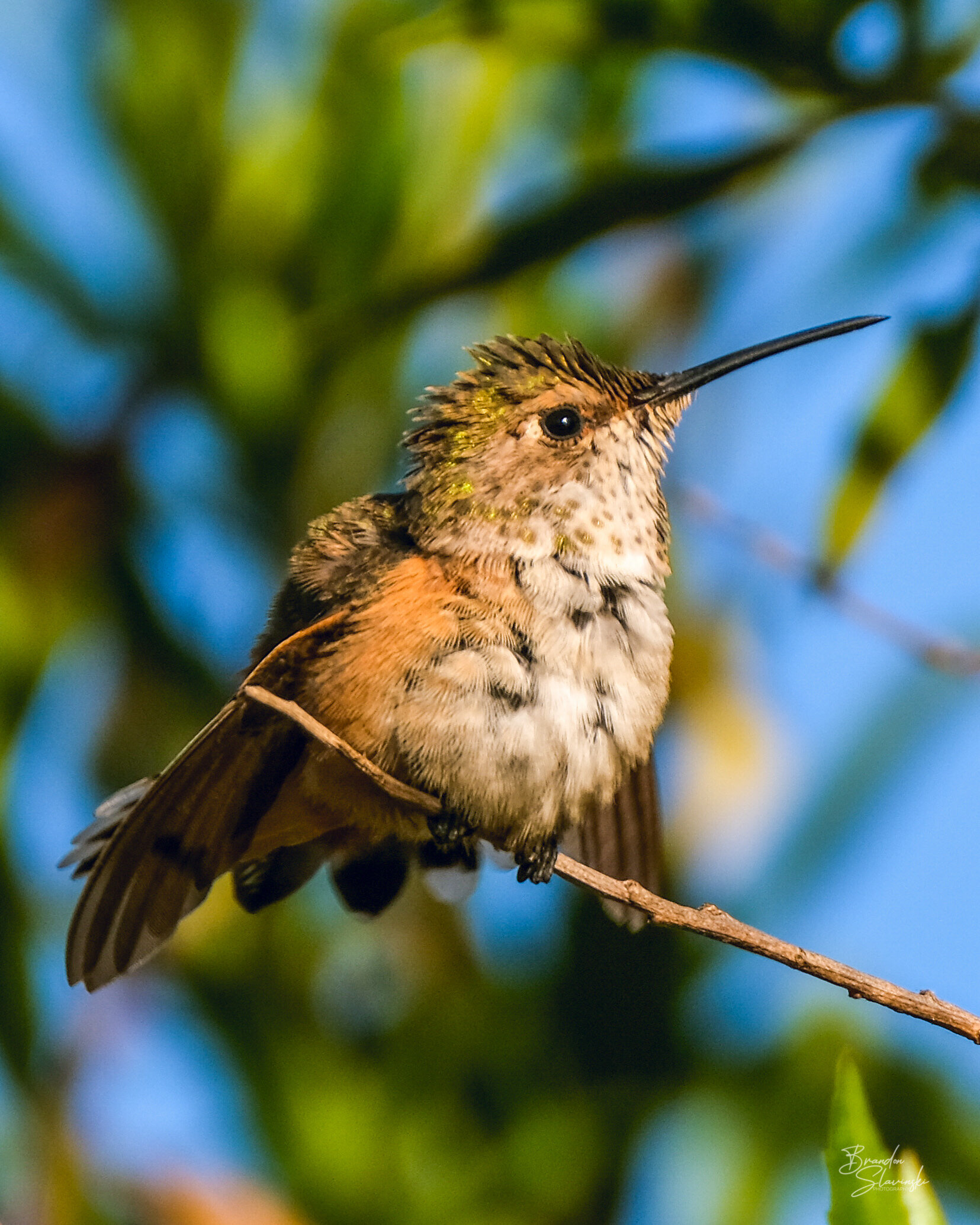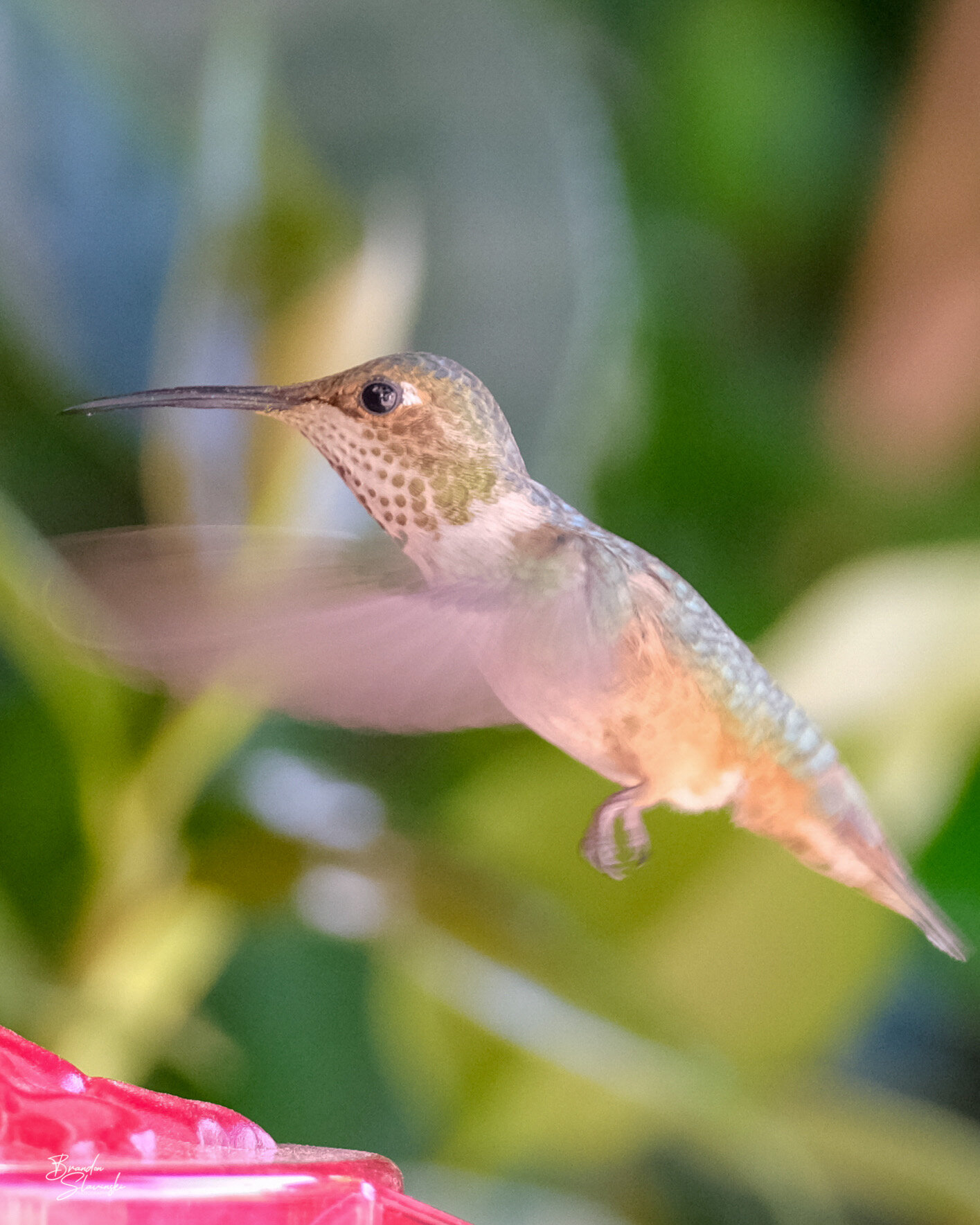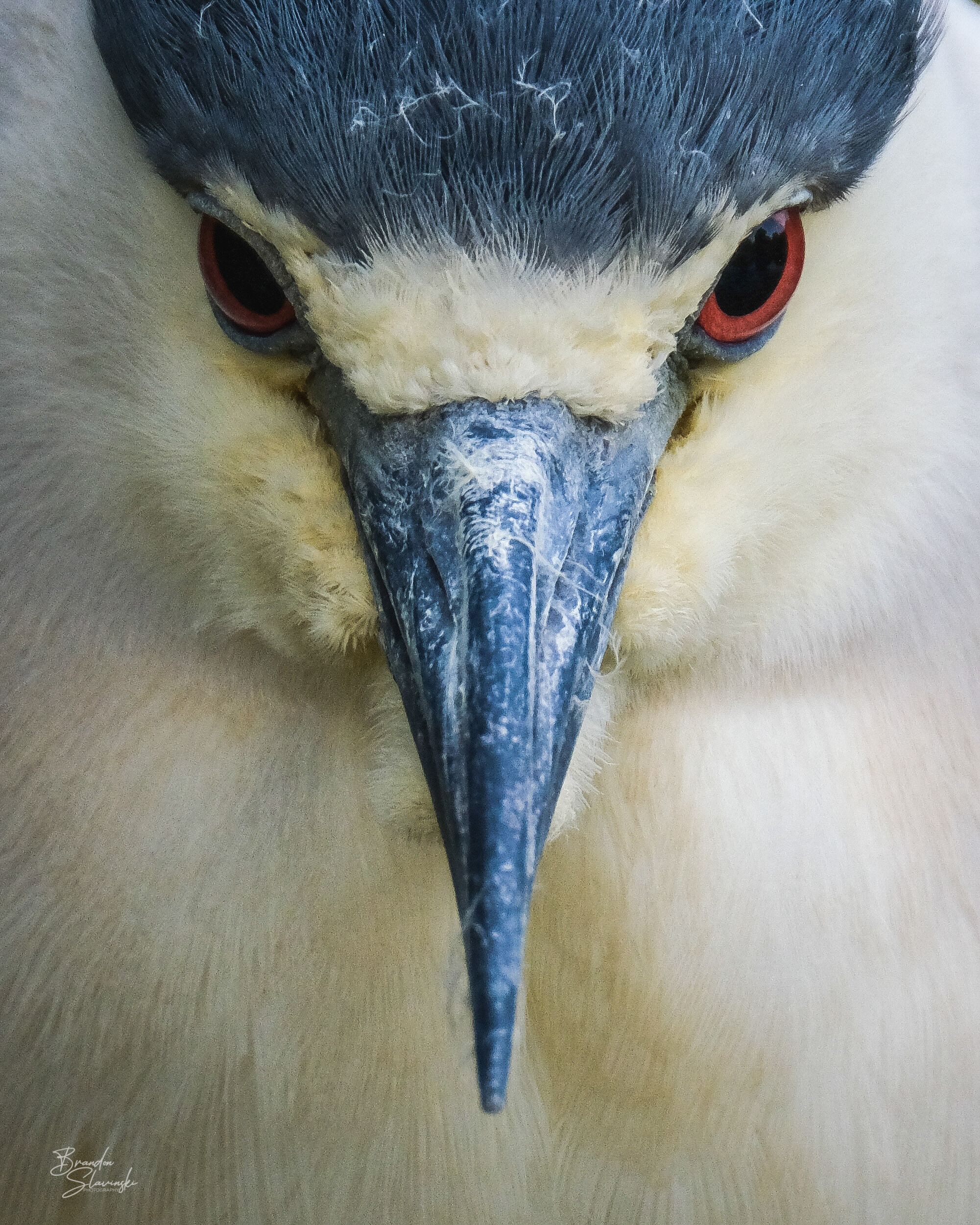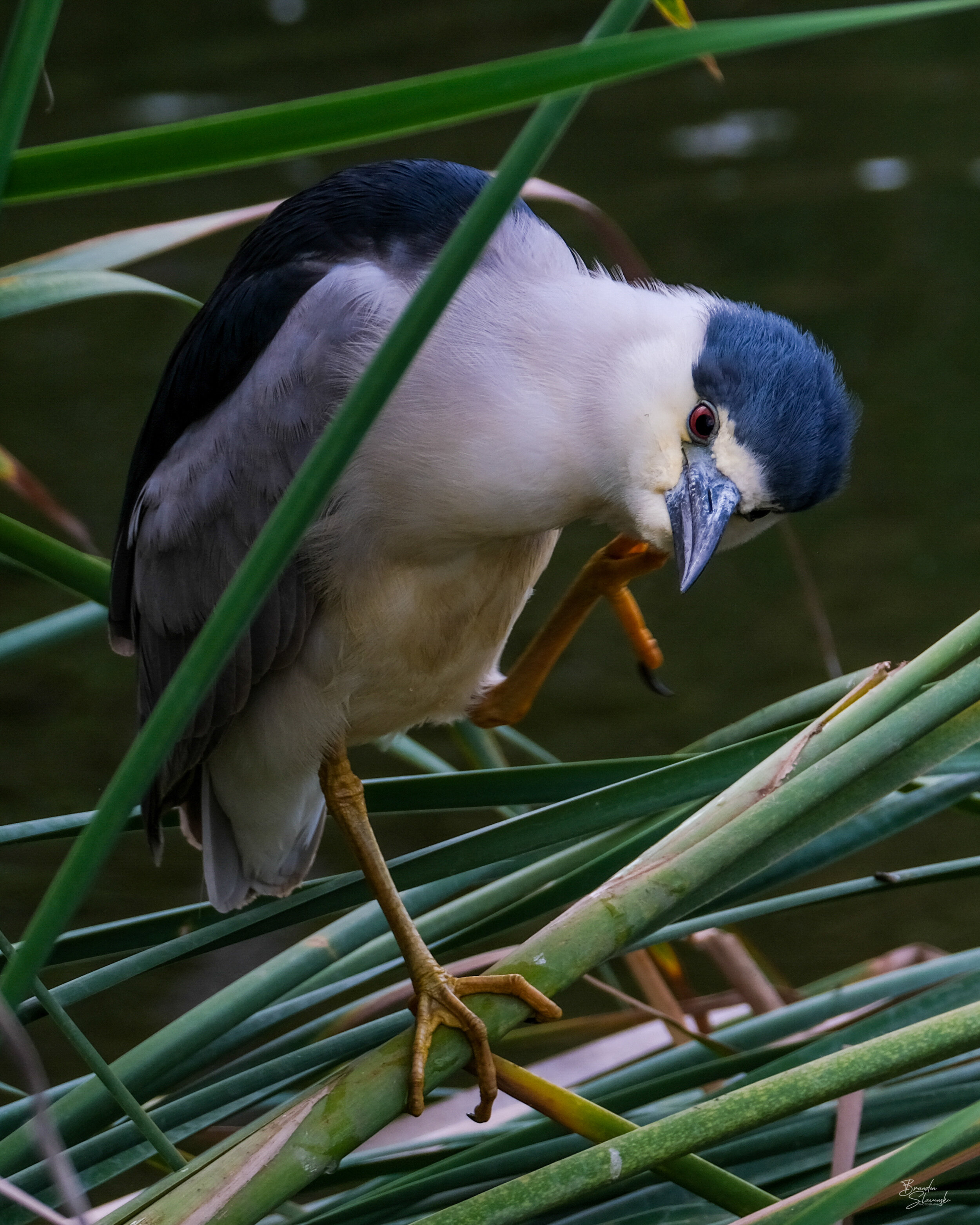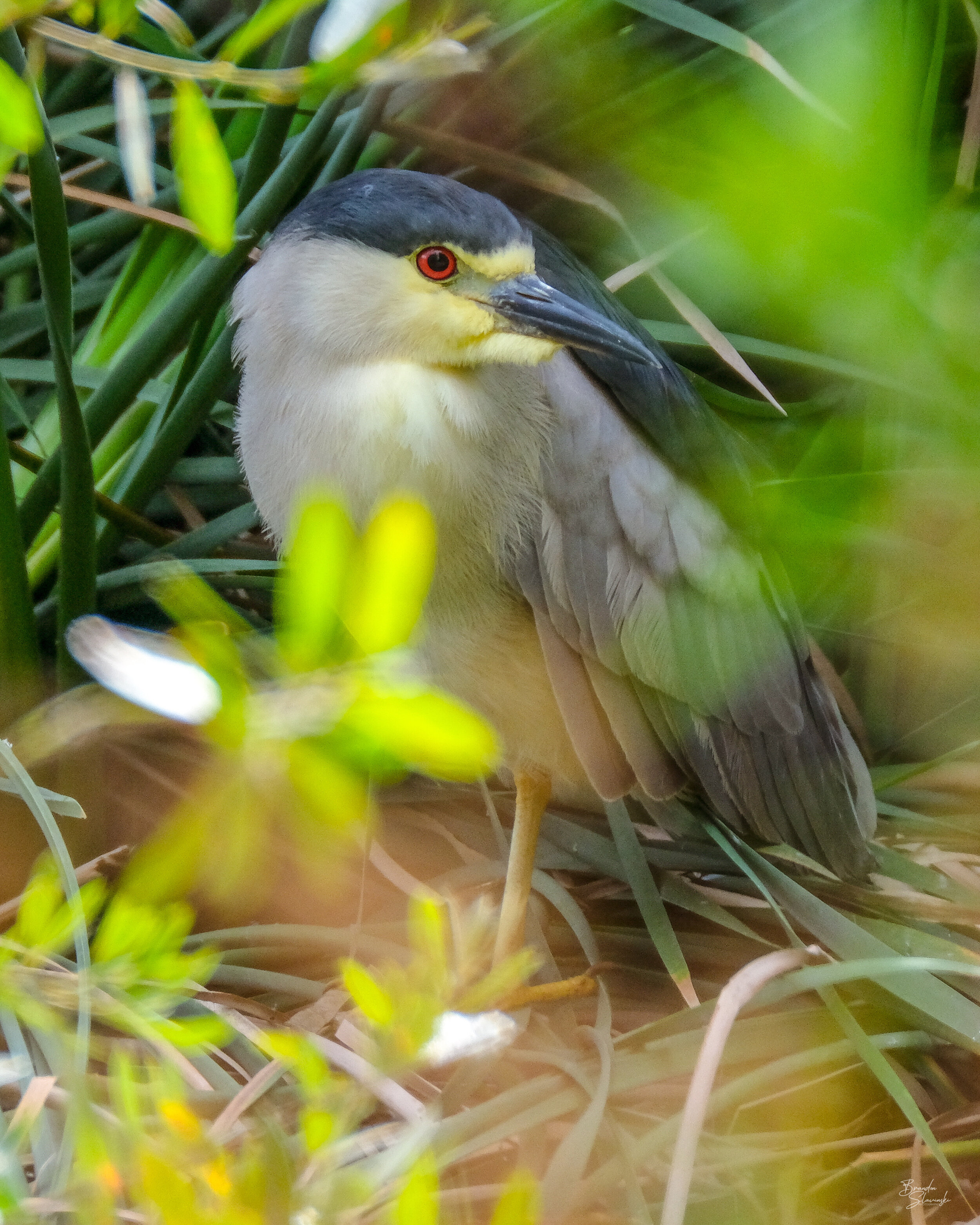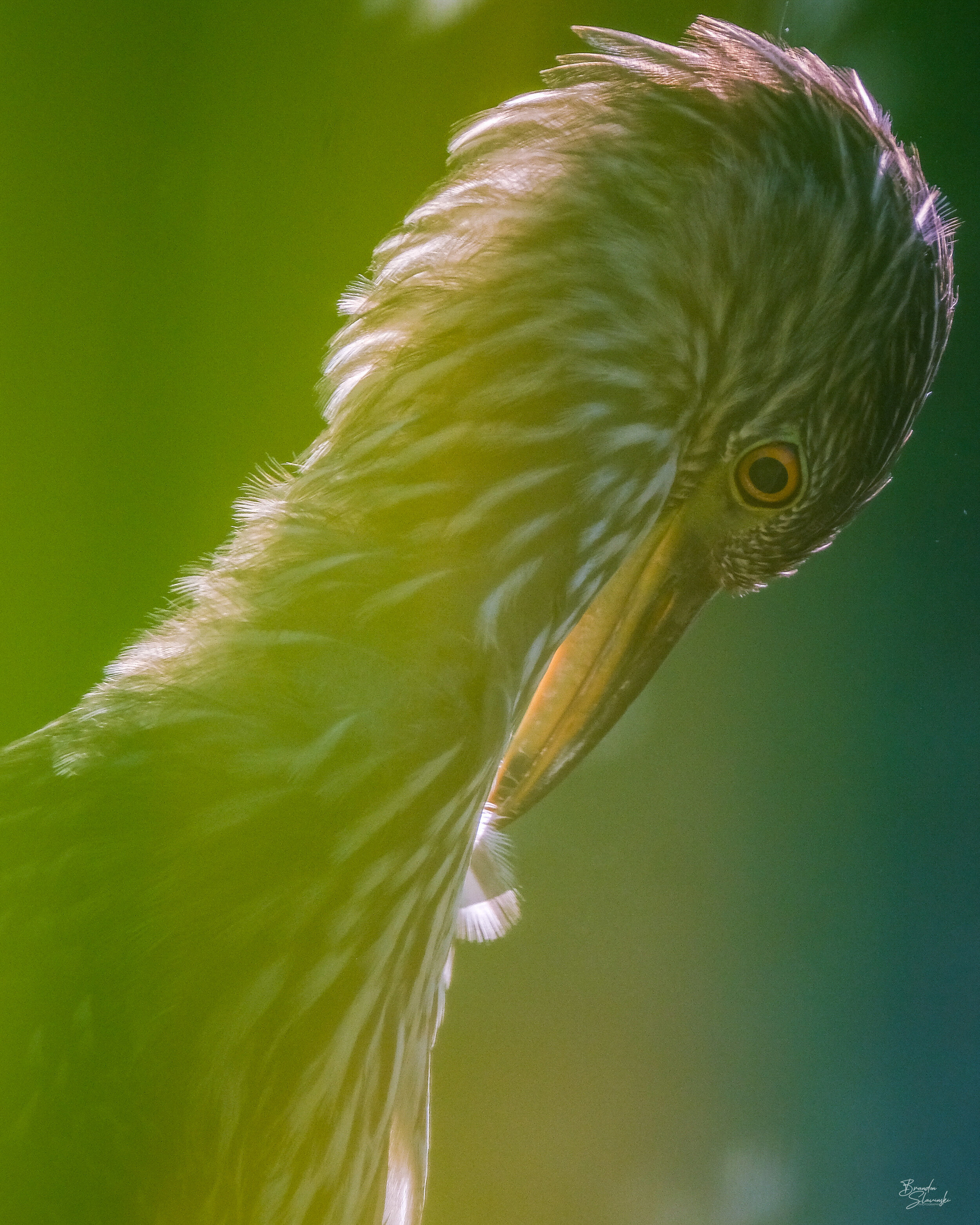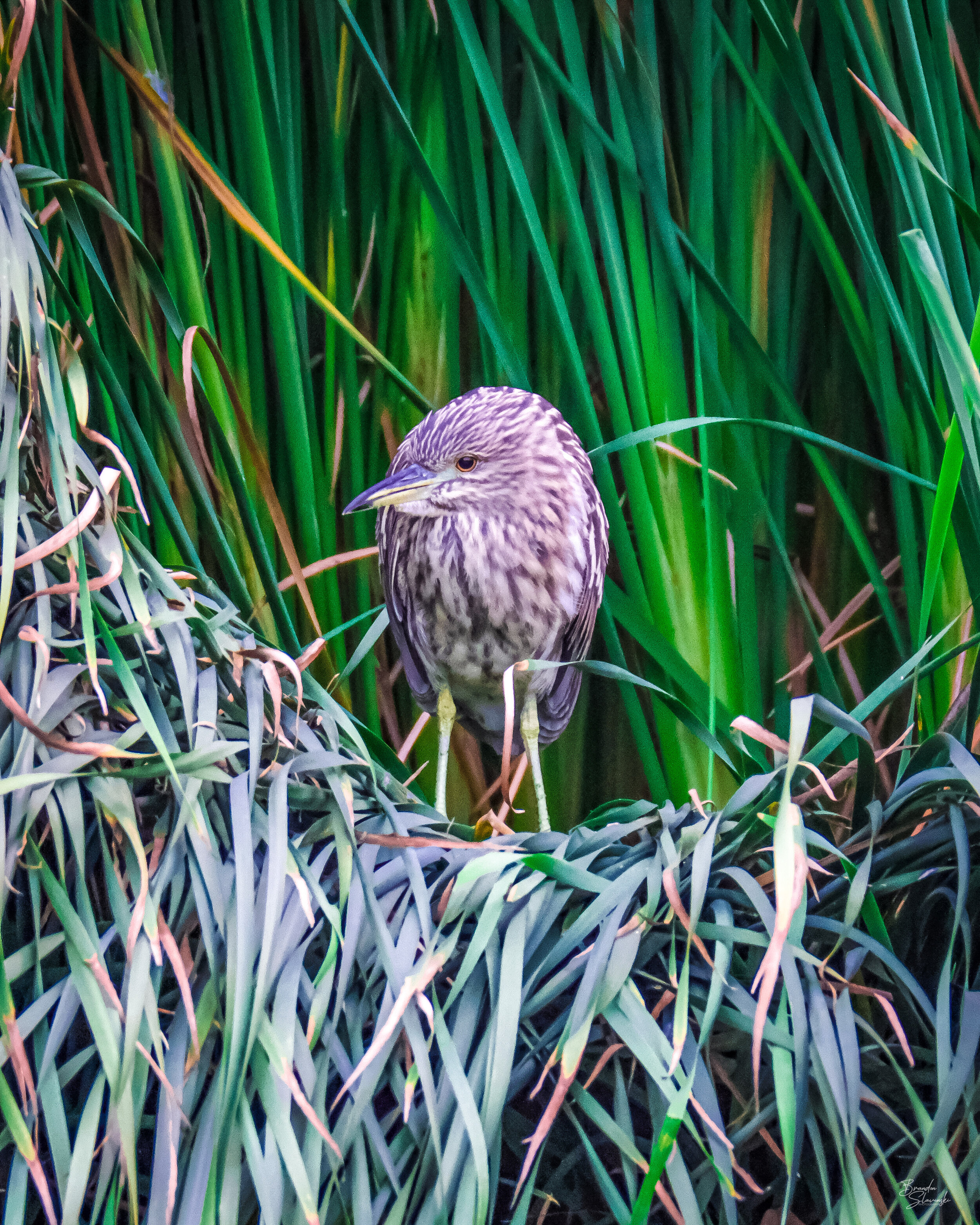This national park holds a special place in my heart. Not only was Yosemite National Park where I proposed to my now wife, it’s also where we got married!
Easily one of the top 3 national parks in the world, Yosemite features beautiful landscapes and a plethora of stunning wildlife. It’s the perfect destination for nature enthusiasts, avid hikers and mountain climbers. This massive park covers an area of 748,436 acres and sits in 4 counties. With so much more to adventure, the video below barely scratches the surface of what you will see when traveling through the park.
While visiting the park we stayed at Rush Creek Lodge which is located outside the park. HIGHLY recommend this location though as it has an amazing spa and great food. They also have a nice little shop to get snacks at before you go out and traverse the wilderness. If you really want great park access to maximize your time there are several AirBnB options as well. Of course, if you’re a REAL adventurer then camping out is certainly an option.
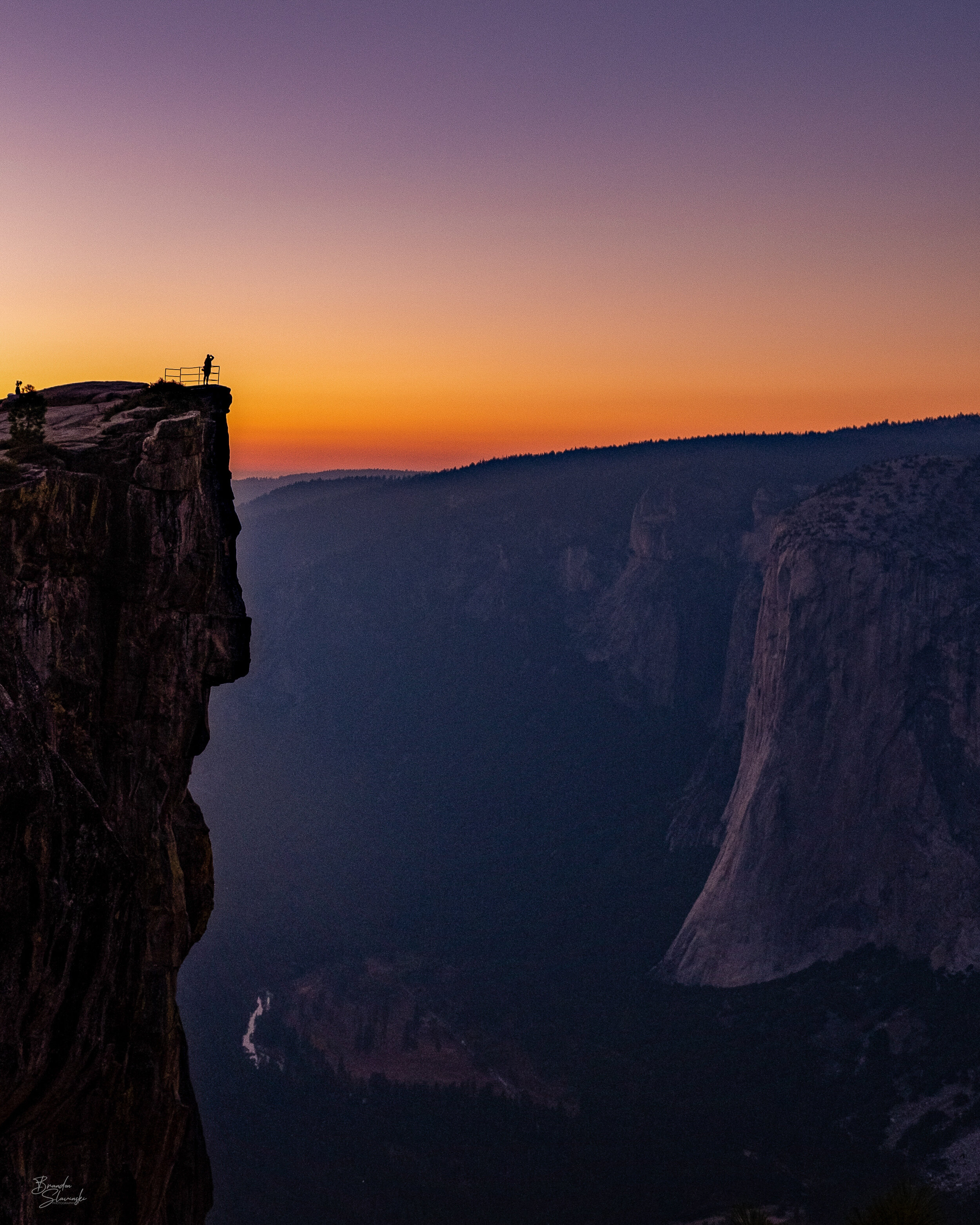
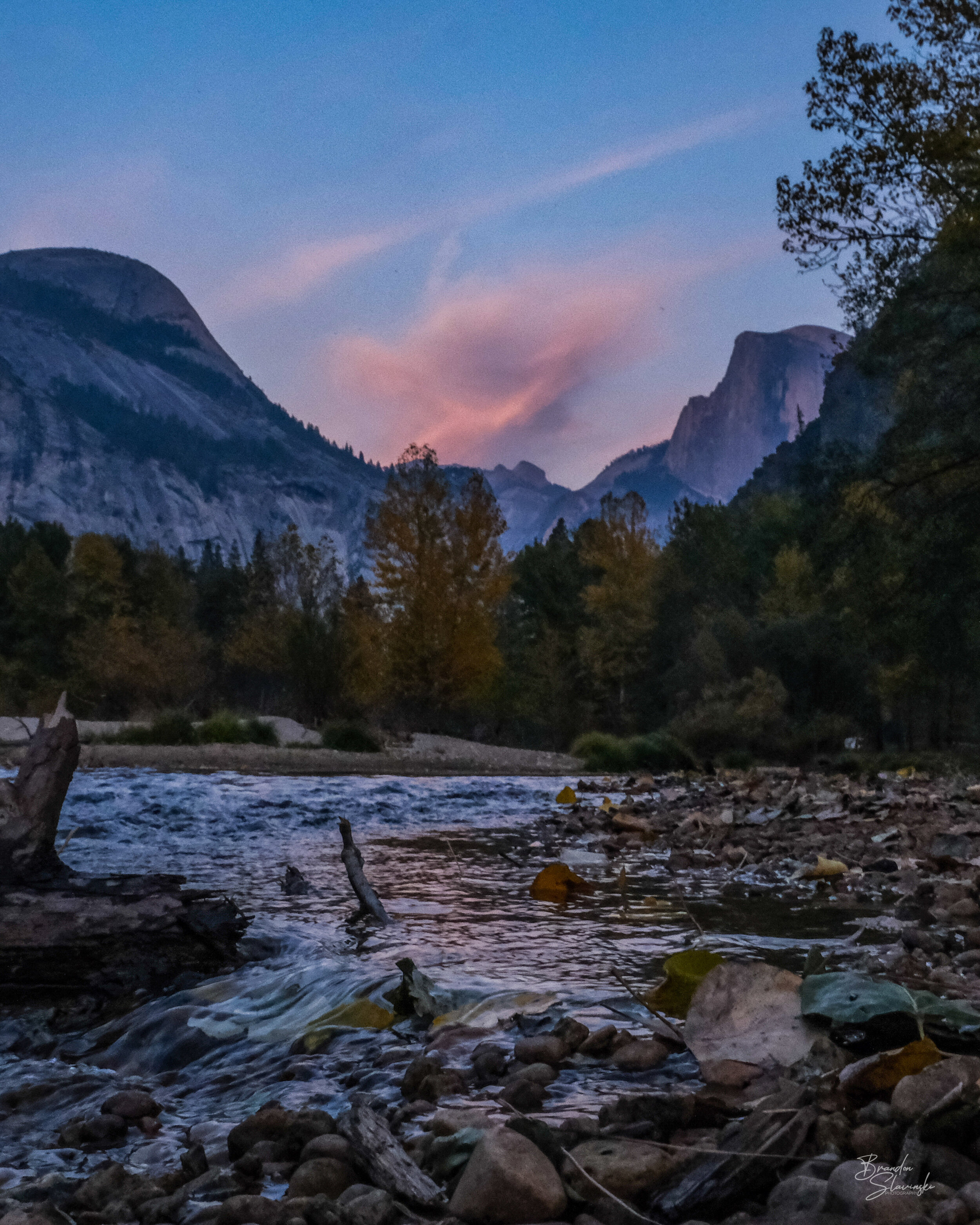
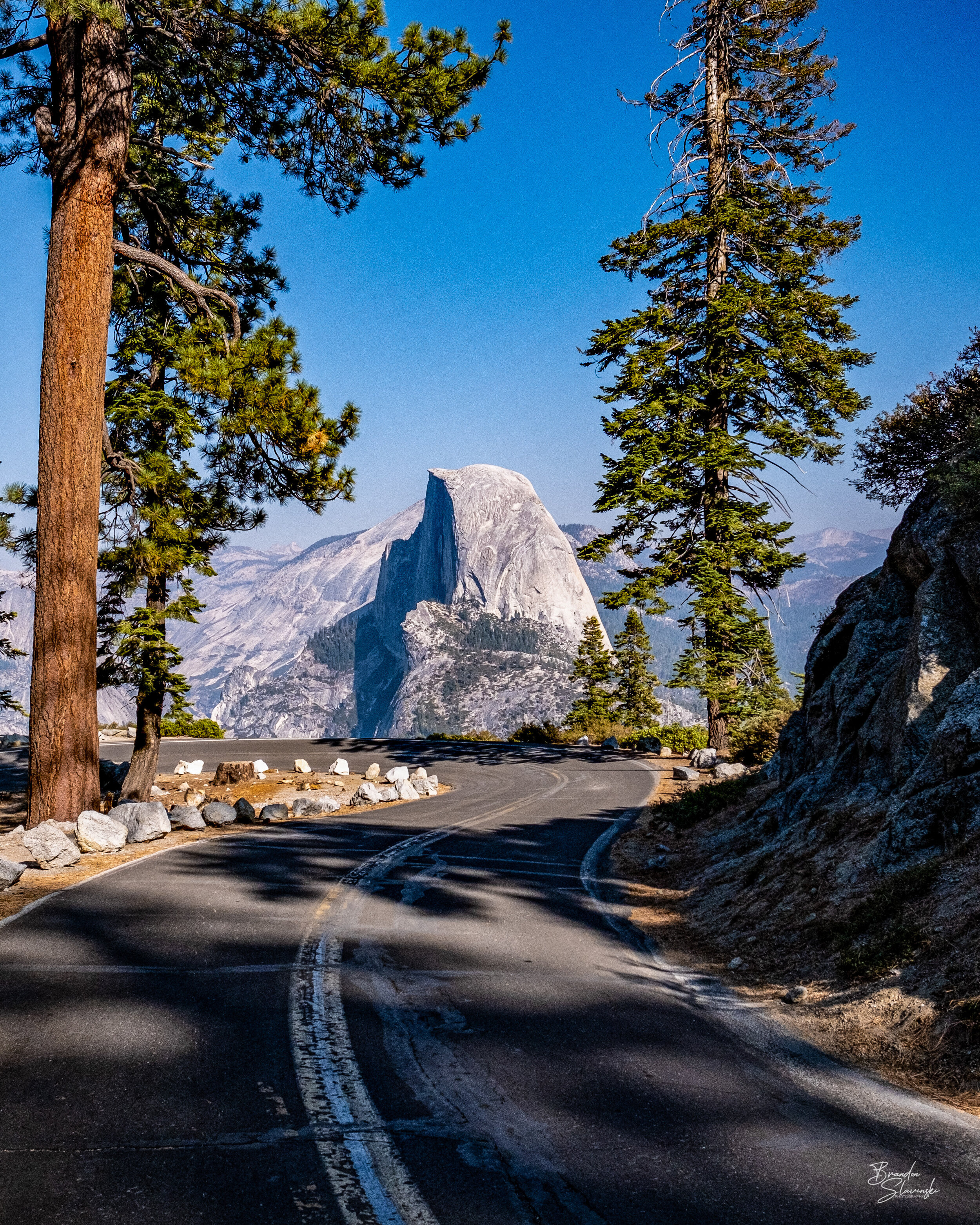
This video features landscapes visuals from the locations below:
Yosemite Valley
Tenaya Lake
Taft Point
Glacier Point
Bridal Veil Falls
Half Dome
El Capitan
An array of beautiful sequoias
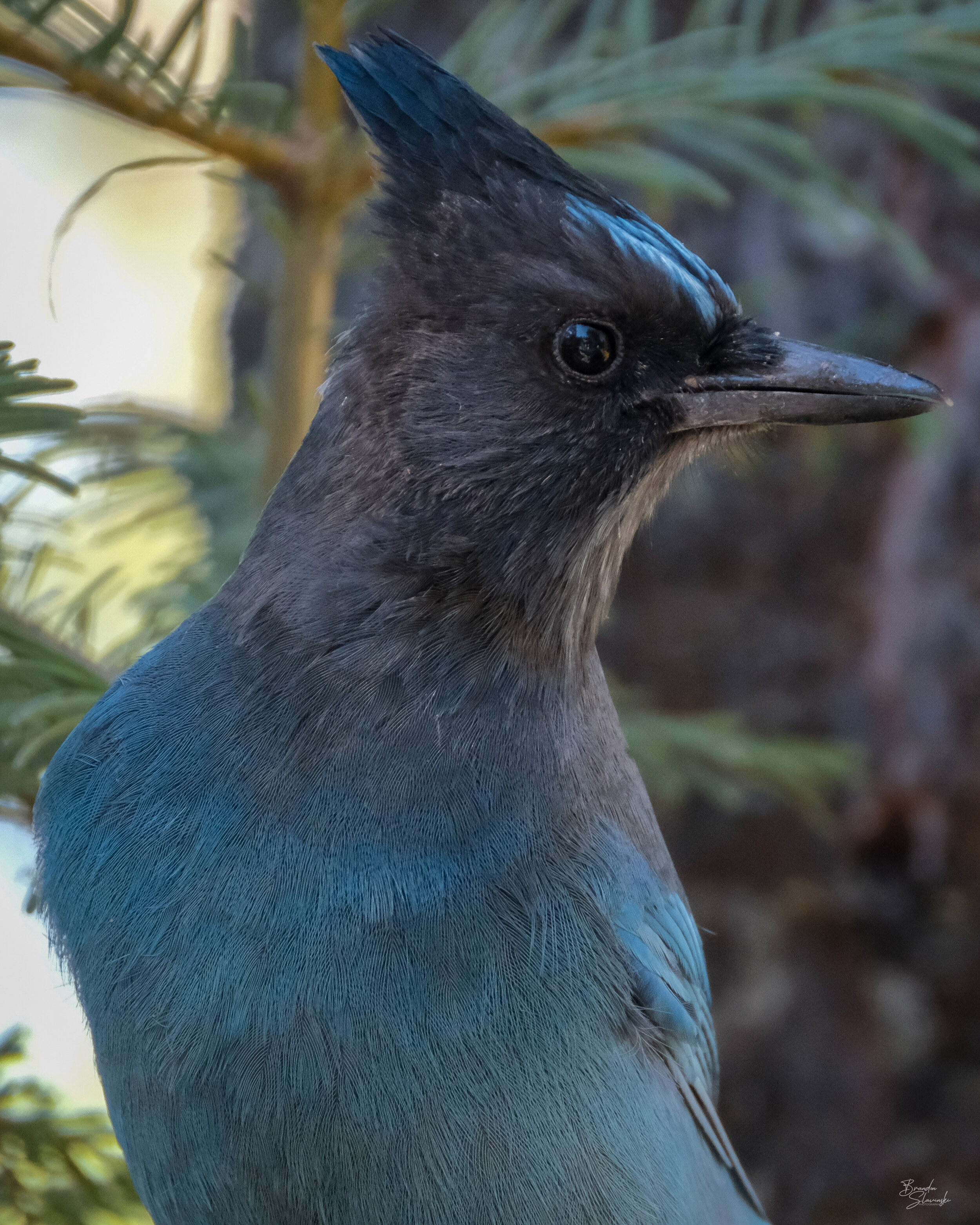
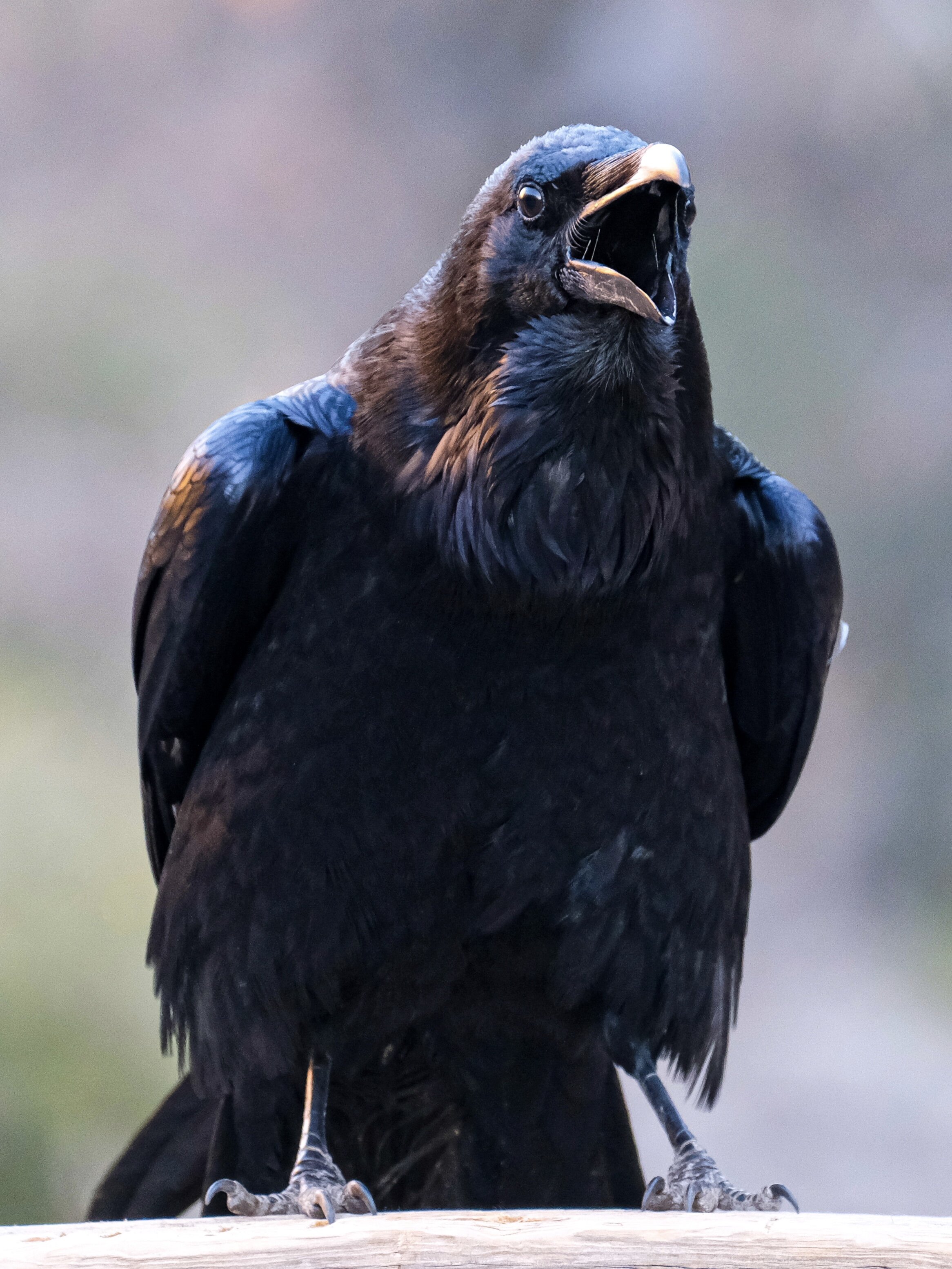
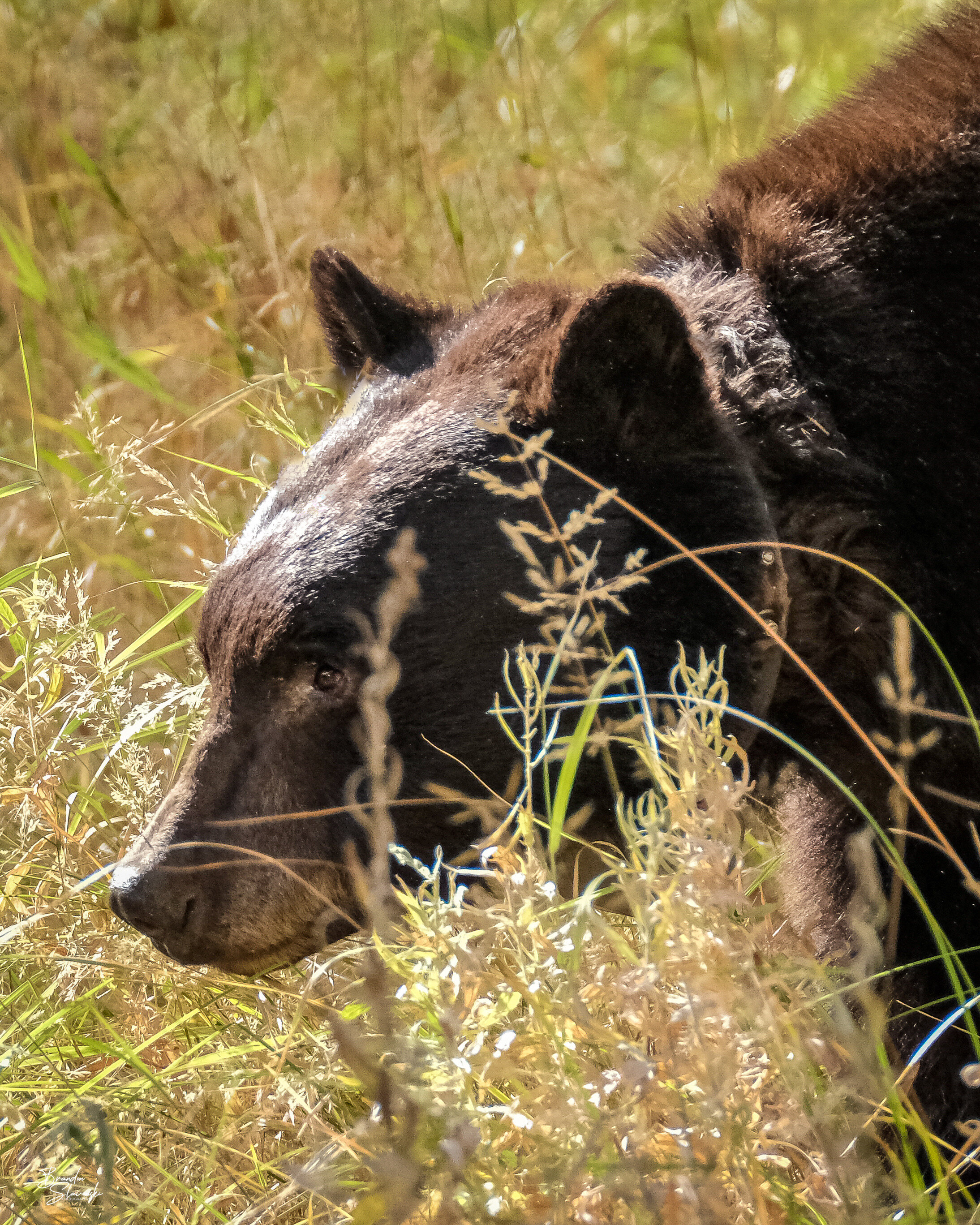
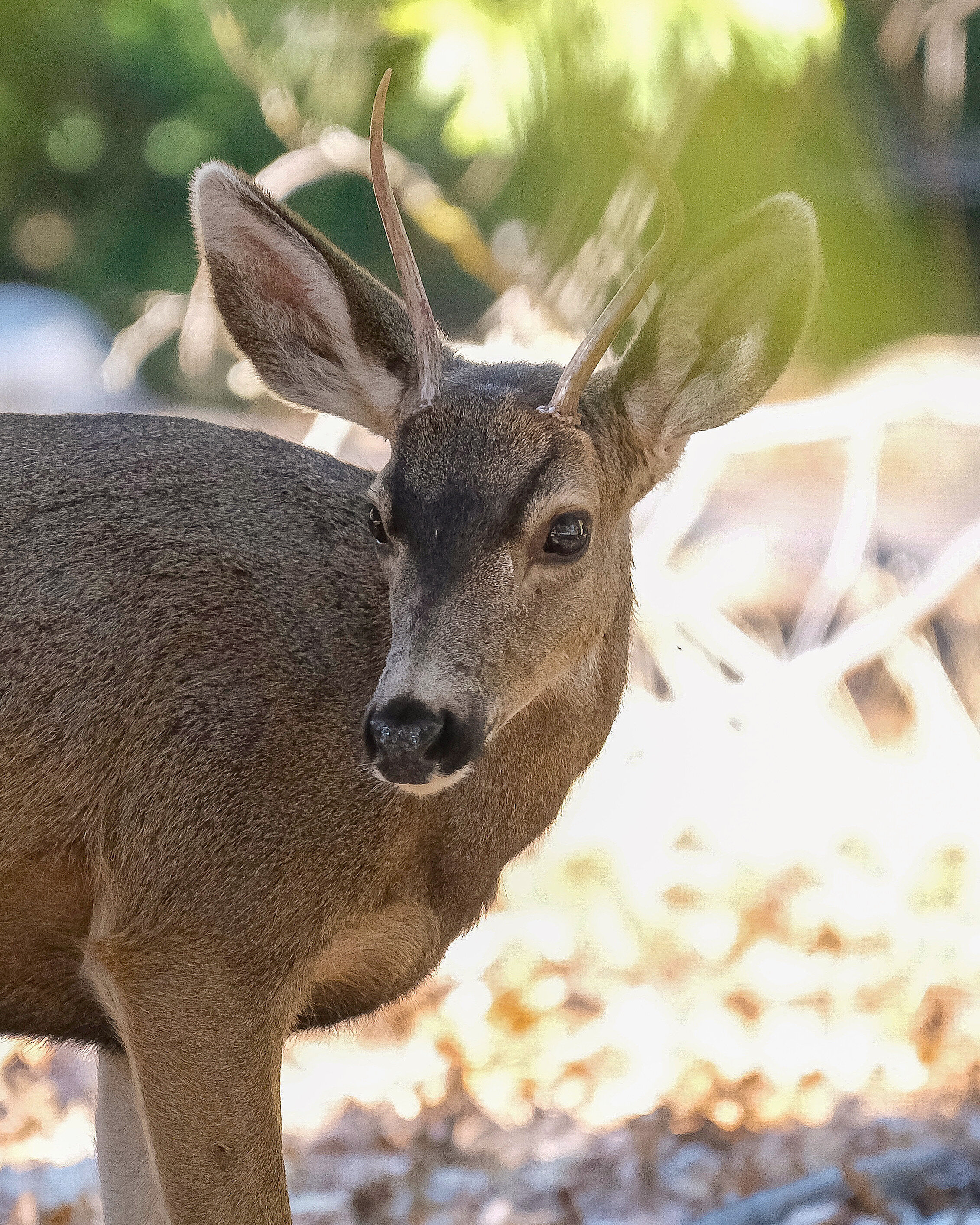
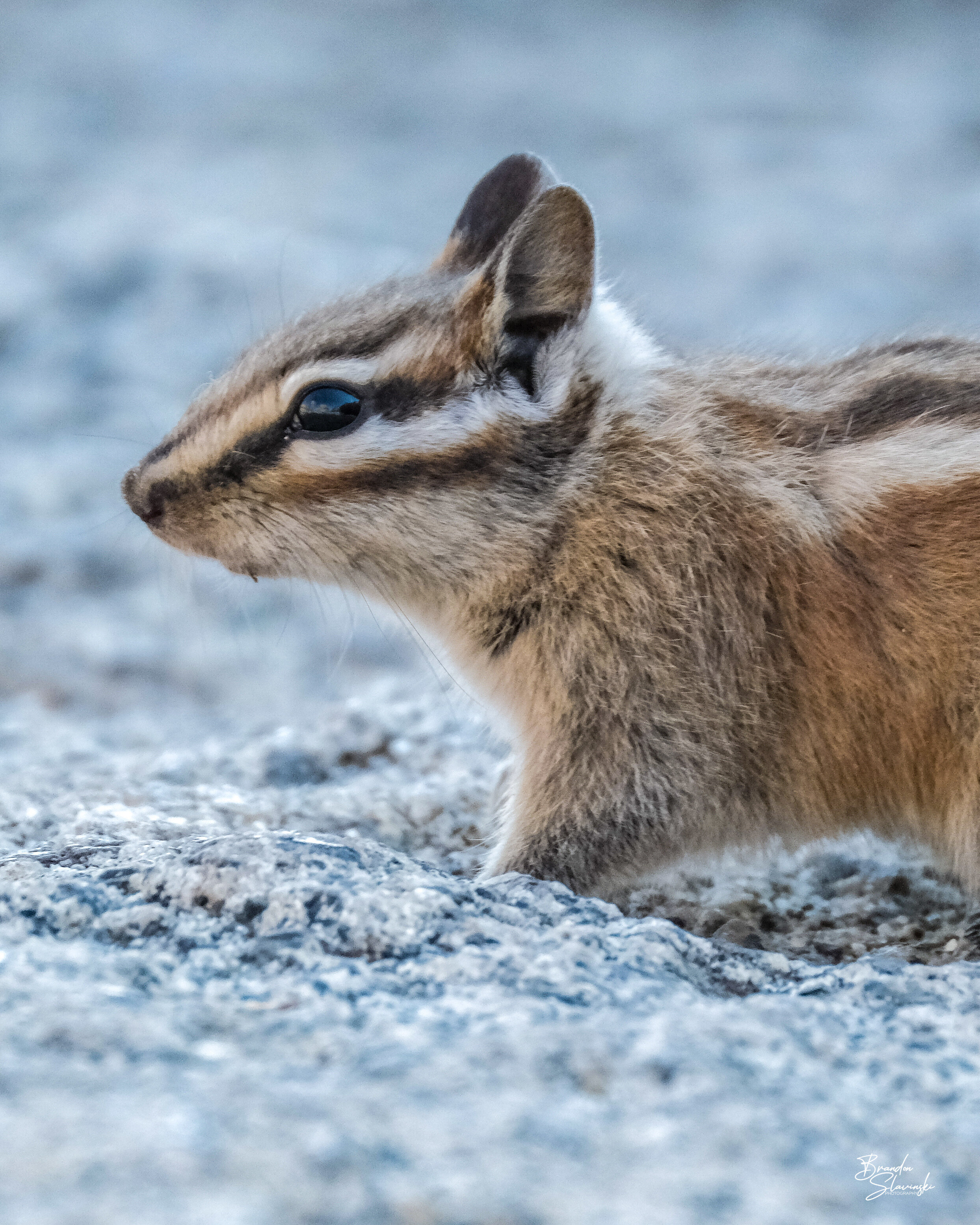
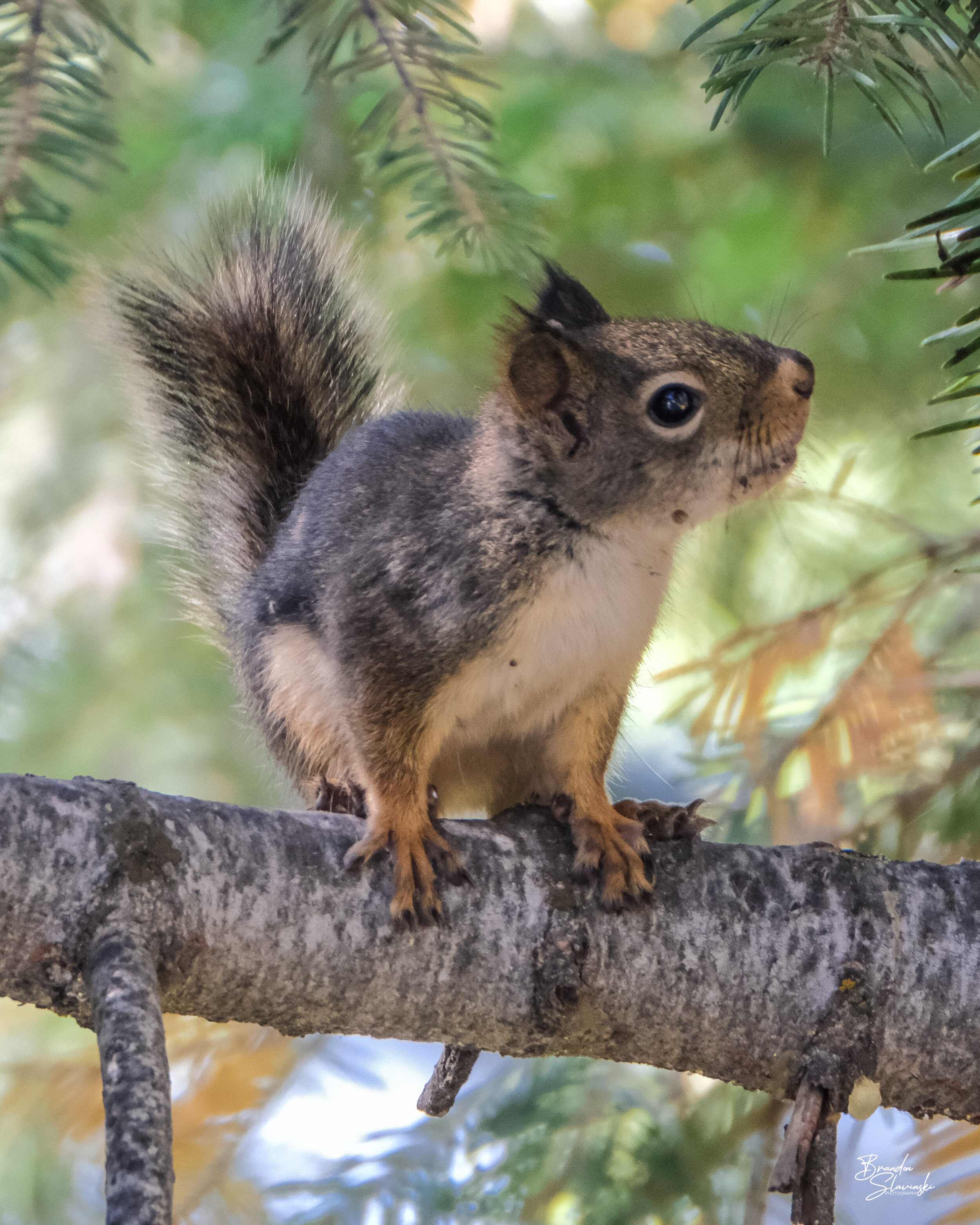
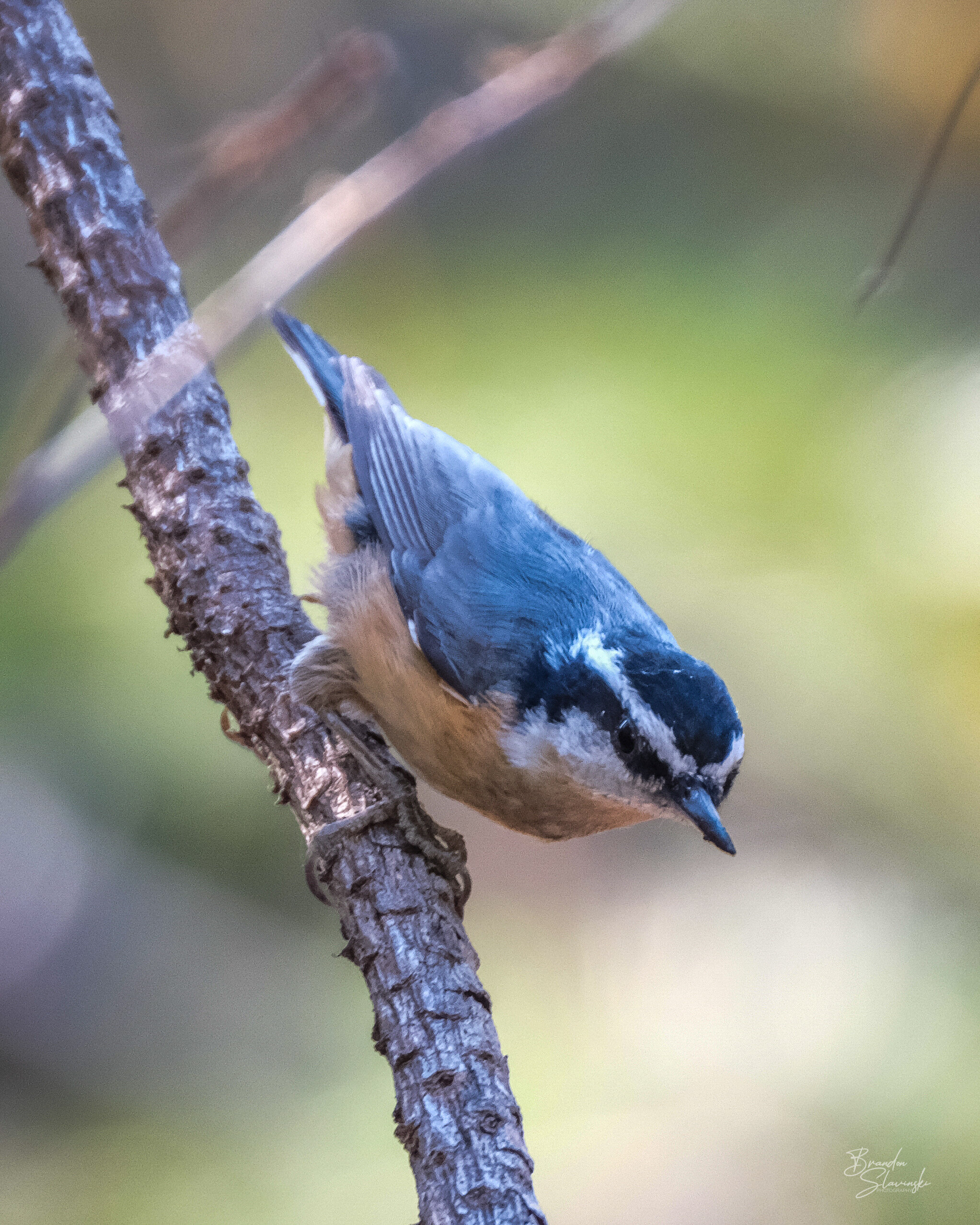
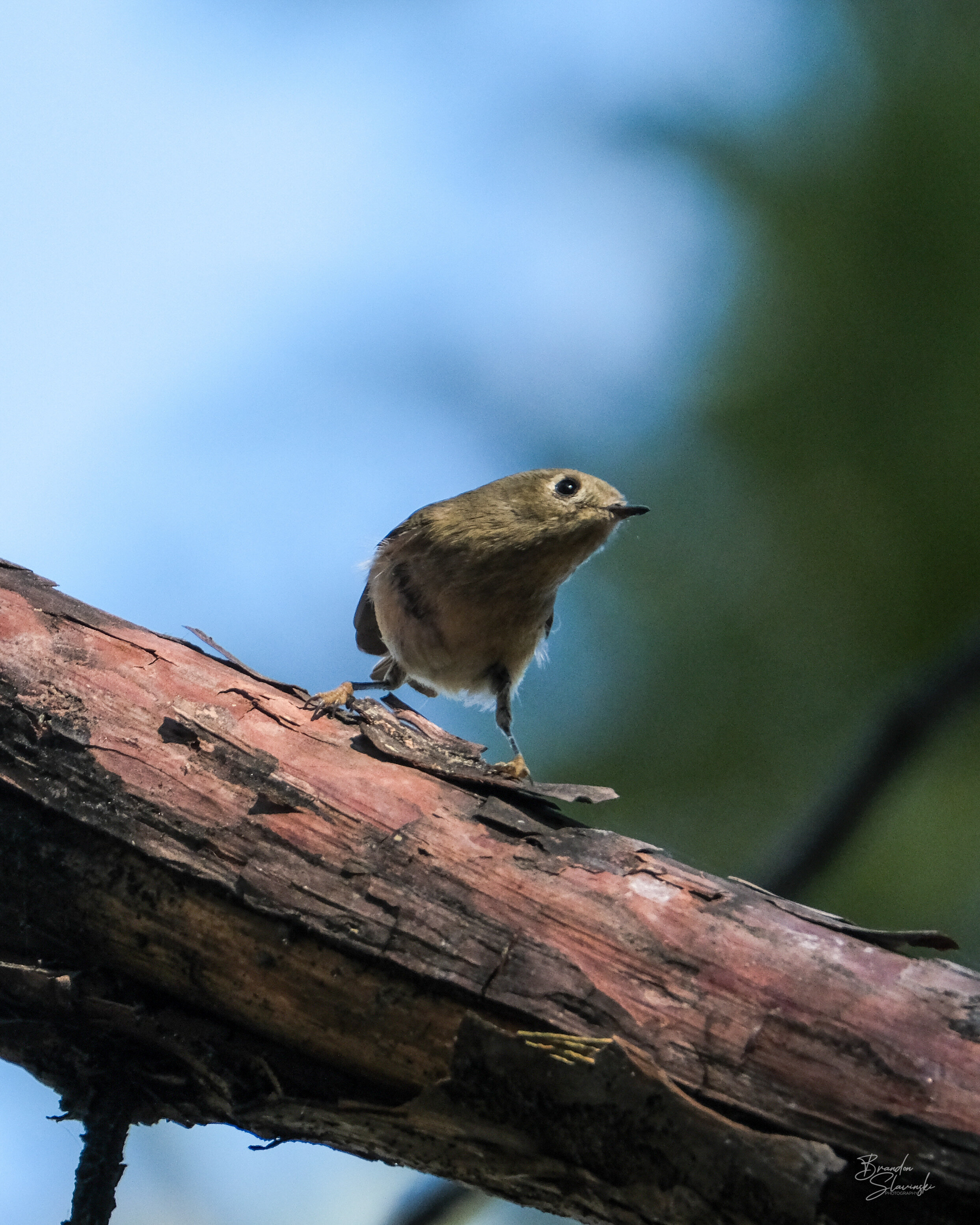
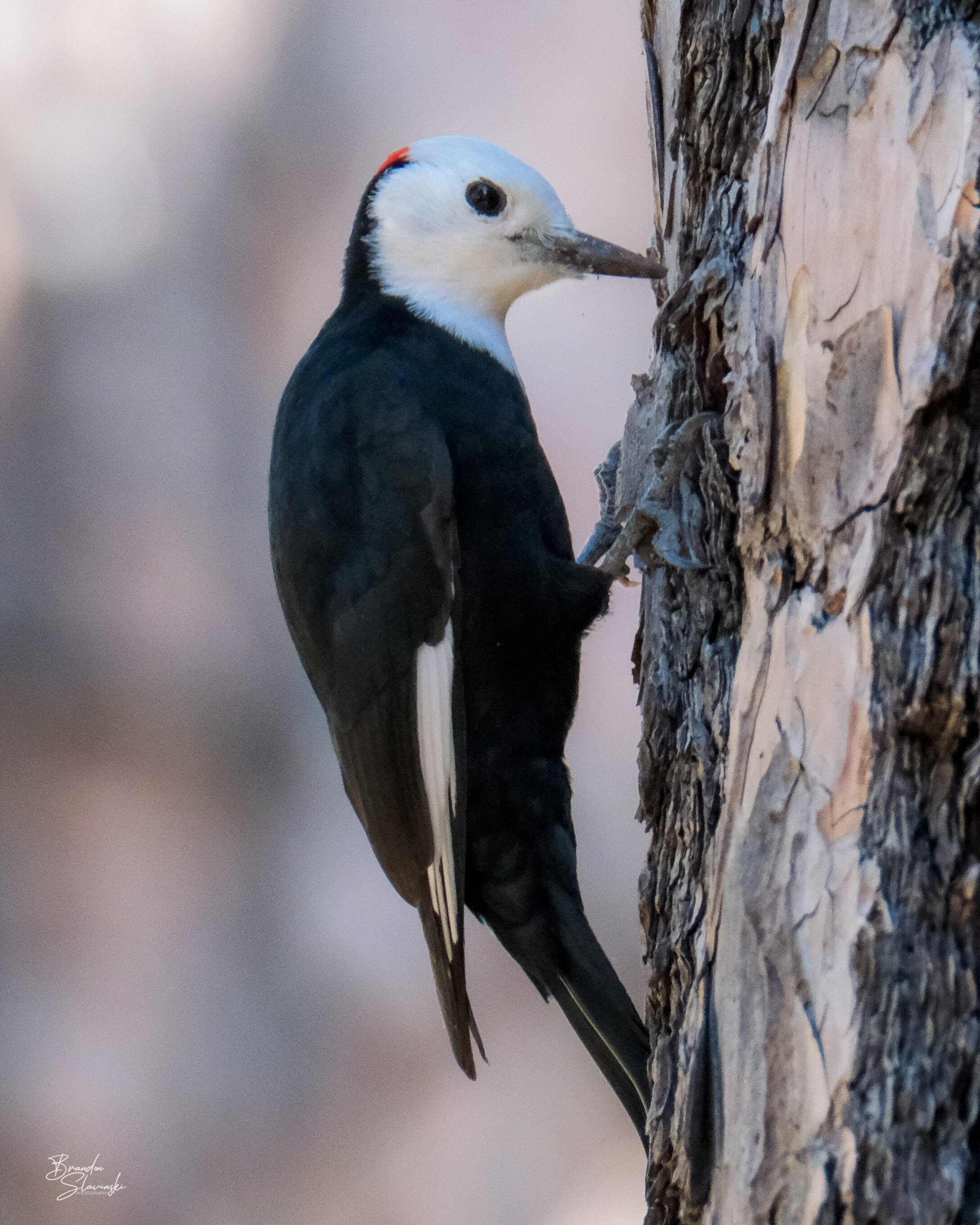
Some wildlife we spotted while venturing through the wilderness:
American Black Bear
Stellar's Jay
Common Raven
Mule Deer
Golden-mantled ground squirrel
Douglas squirrel
A variety of picidae
Be sure to like, comment and subscribe to my Youtube Channel for more content.
Follow my account @Calistory on Instagram for more wildlife and landscape photography.



